In a first, US researchers have observed fractional excitons, a new class of quantum particles, that were only theoretically known to exist so far.
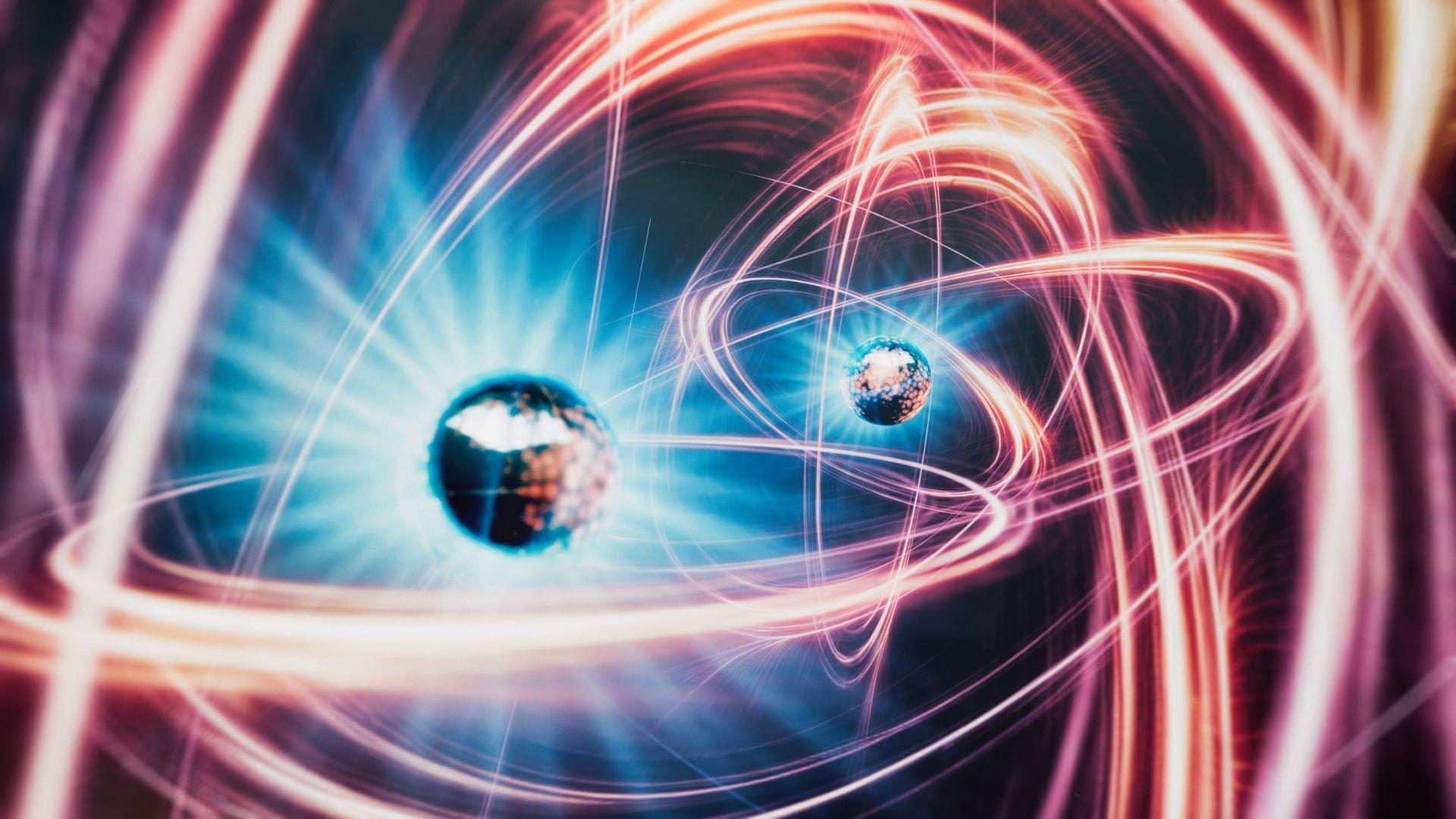

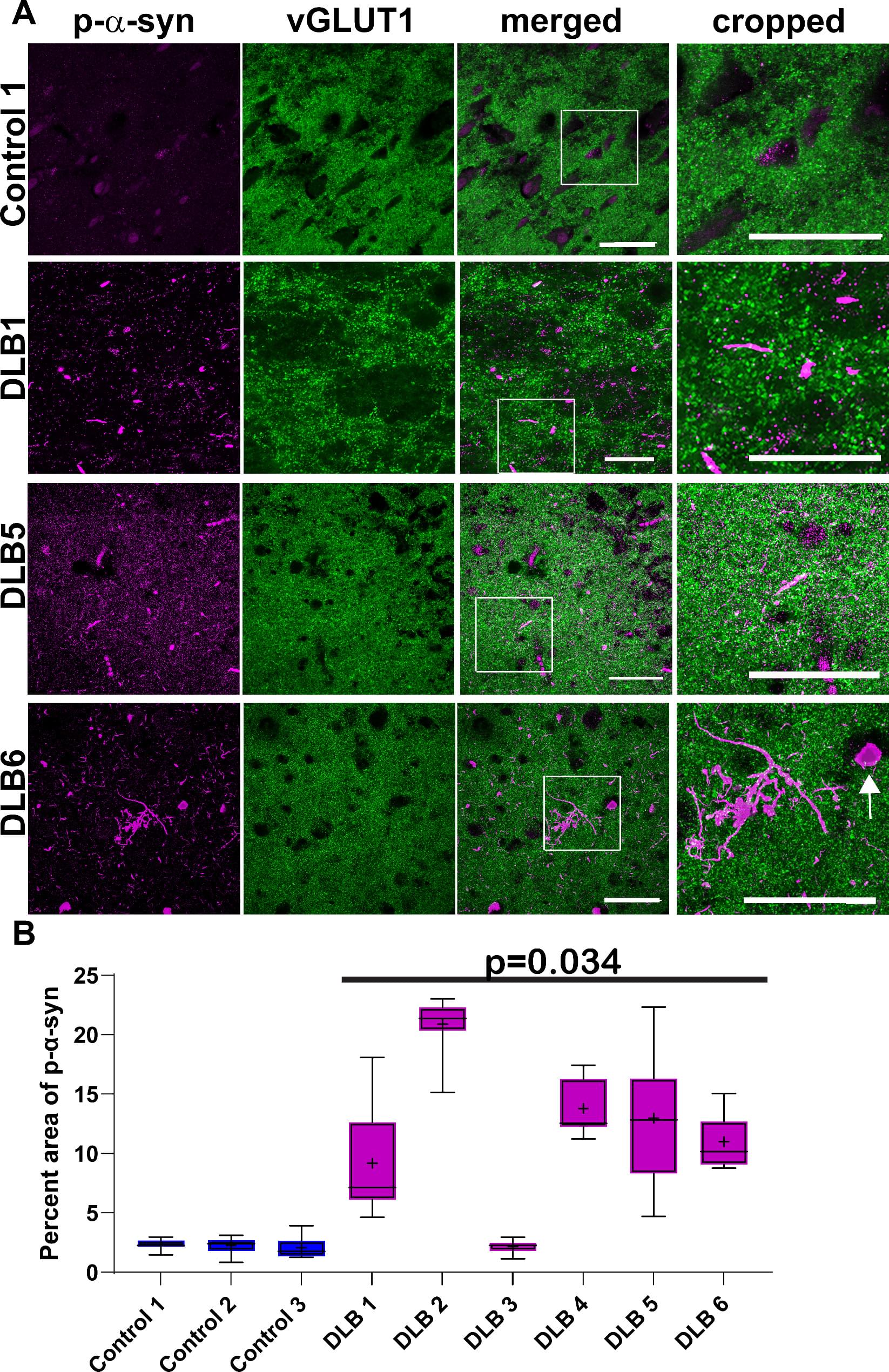
Dementia with Lewy Bodies (DLB), Parkinson’s disease (PD) and PD dementia (PDD) are neurodegenerative syndromes that are characterized neuropathologically by Lewy body disease (LBD), including Lewy bodies in neuronal somata and Lewy neurites in axons or dendrites. Intraneuronal aggregates of tau called neurofibrillary tangles (NFTs) classically are associated with Alzheimer’s disease (AD), yet NFTs often are observed with LBD as well [40]. PDD patients have a higher burden of NFTs in the cortex compared to PD patients without dementia, and cortical tau aggregates correlate with cognitive impairment severity [15, 21, 22]. Mouse models of LBD implicate an α-syn-tau interaction. In mice overexpressing A53T mutant human α-syn, knocking out tau or using antibodies targeting oligomeric tau reverses memory impairments [19, 39]. Thus, the presence of both Lewy and tau pathology may contribute to cognitive symptoms from LBD.
Endogenous tau and α-synuclein colocalize and associate in neurons [42], suggesting that co-pathology may arise from synergistic interactions. Indeed, in vitro experiments show that tau’s microtubule binding domain also binds the C-terminus of α-syn, resulting in the fibrillization and aggregation of both proteins [17, 20]. In addition, human postmortem studies report colocalization between tau and synuclein using various antibody combinations. LBD colocalizes with tau in brainstem Sect. [2], hippocampus [3], entorhinal cortex [23], frontal cortex [38], amygdala [37, 43], and olfactory bulb [18]. One study quantified the number of double-positive neurons across hippocampal structures and determined the subiculum and pre-CA1 neurons had the highest proportion for double-positivity with a range of 1–13% across 5 subjects, as assessed by examining neuronal somata [24]. In another study that focused on brainstem Lewy bodies, as many as a third of Lewy bodies in the medulla were immunoreactive for phosphorylated tau, but a relationship between tau and α-syn immunoreactivity within abundant Lewy neurites has not been examined [25]. In addition, many of the studies showing overlap of α-syn and tau pathology are qualitative or relied on counting colocalization by eye in single images rather than quantifying colocalization over a larger area within the tissue.
Investigating overlap of pathologic α-syn and tau in structures including neurites is important because synaptic and axonal dysfunction are earlier pathophysiologic events in LBD than the formation of Lewy bodies, and cortical and limbic regions affected by α-synucleinopathy show more abundant Lewy neurites than Lewy bodies. We examined postmortem middle temporal gyrus cortex from human brains with confirmed LBD using immunofluorescence and confocal microscopy. We first quantified the degree of abnormal forms of α-syn and tau as well as immunologic markers for this region, showing an association of disease markers with the neuropathological diagnosis of LBD, demonstrating these cases recapitulate prior findings from the literature. We then measured colocalization of pathologic α-syn with phosphorylated tau, and an early pathologic form of tau.
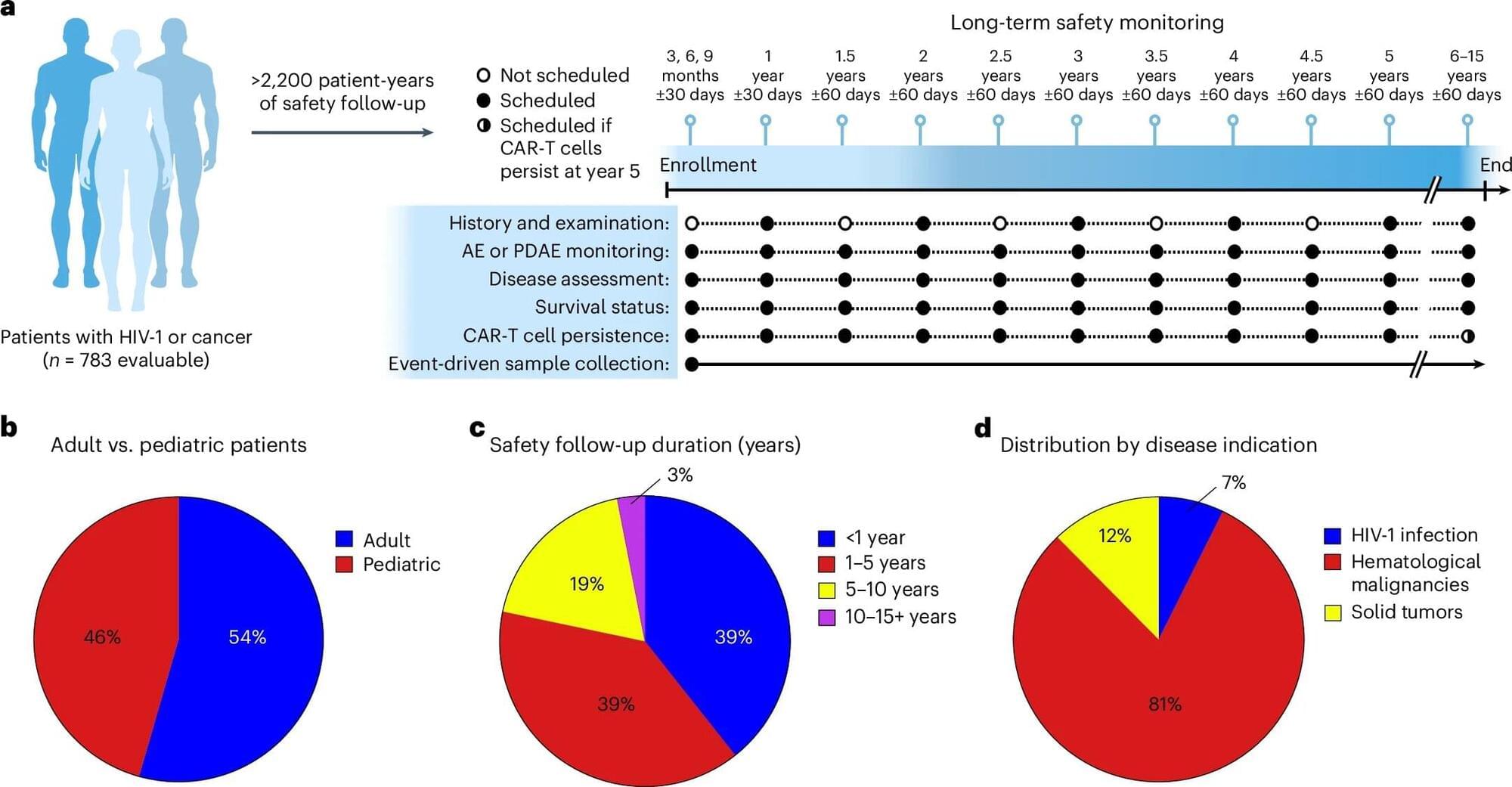
Within a large group of more than 700 patients treated with CAR T cell therapy, researchers found no evidence that the therapy itself caused any type of secondary cancer in the modified T cells, according to new analysis reported today in Nature Medicine from the Perelman School of Medicine at the University of Pennsylvania and Penn Medicine’s Abramson Cancer Center.
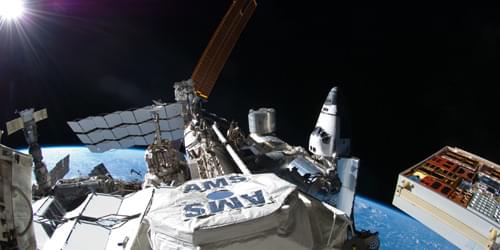
The spectrum of cosmic-ray antiprotons has been measured for a full solar cycle, which may allow a better understanding of the sources and transport mechanisms of these high-energy particles.
The heliosphere is a region of space extending approximately 122 astronomical units (au) from the Sun (1 au being the average distance between the Sun and Earth). This volume mostly contains plasma originating from the Sun but also various charged particles with higher energies. These particles can be categorized according to their energies and origins: Lower-energy solar energetic particles, for instance, come from the Sun itself, while Jovian electrons have their origin in the magnetosphere of Jupiter. Another such population comes from outside the Solar System: galactic cosmic rays (GCRs), which mostly consist of protons and electrons and their antiparticles and span a vast range of energies from mega-electron-volts to exa-electron-volts [1]. Astonishingly, energies at the high end of this range would correspond to a single particle carrying as much kinetic energy as a well-thrown baseball.

Humans are inching closer to living beyond Earth, but sustaining life on the moon or Mars.
Mars is the second smallest planet in our solar system and the fourth planet from the sun. It is a dusty, cold, desert world with a very thin atmosphere. Iron oxide is prevalent in Mars’ surface resulting in its reddish color and its nickname “The Red Planet.” Mars’ name comes from the Roman god of war.
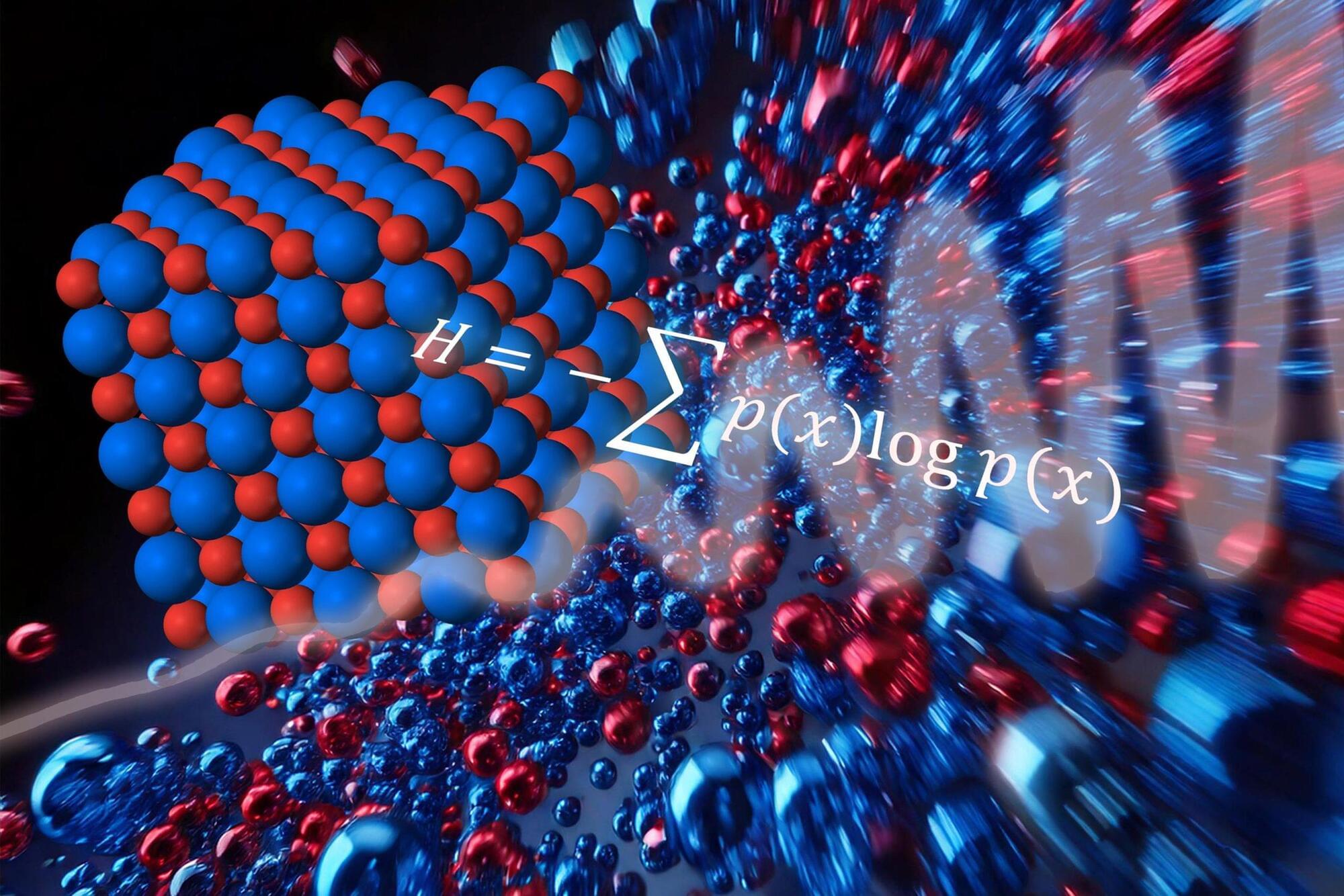
Their work proves that even in isolated quantum systems, disorder naturally grows, aligning quantum mechanics with thermodynamics.
The Paradox of Entropy in Quantum Physics
The second law of thermodynamics is one of the fundamental principles of nature. It states that in a closed system, entropy — the measure of disorder — must always increase over time. This explains why structured systems naturally break down: ice melts into water, and a shattered vase will never reassemble itself. However, quantum physics appears to challenge this rule. Mathematically, entropy in quantum systems seems to remain unchanged, raising a puzzling contradiction.
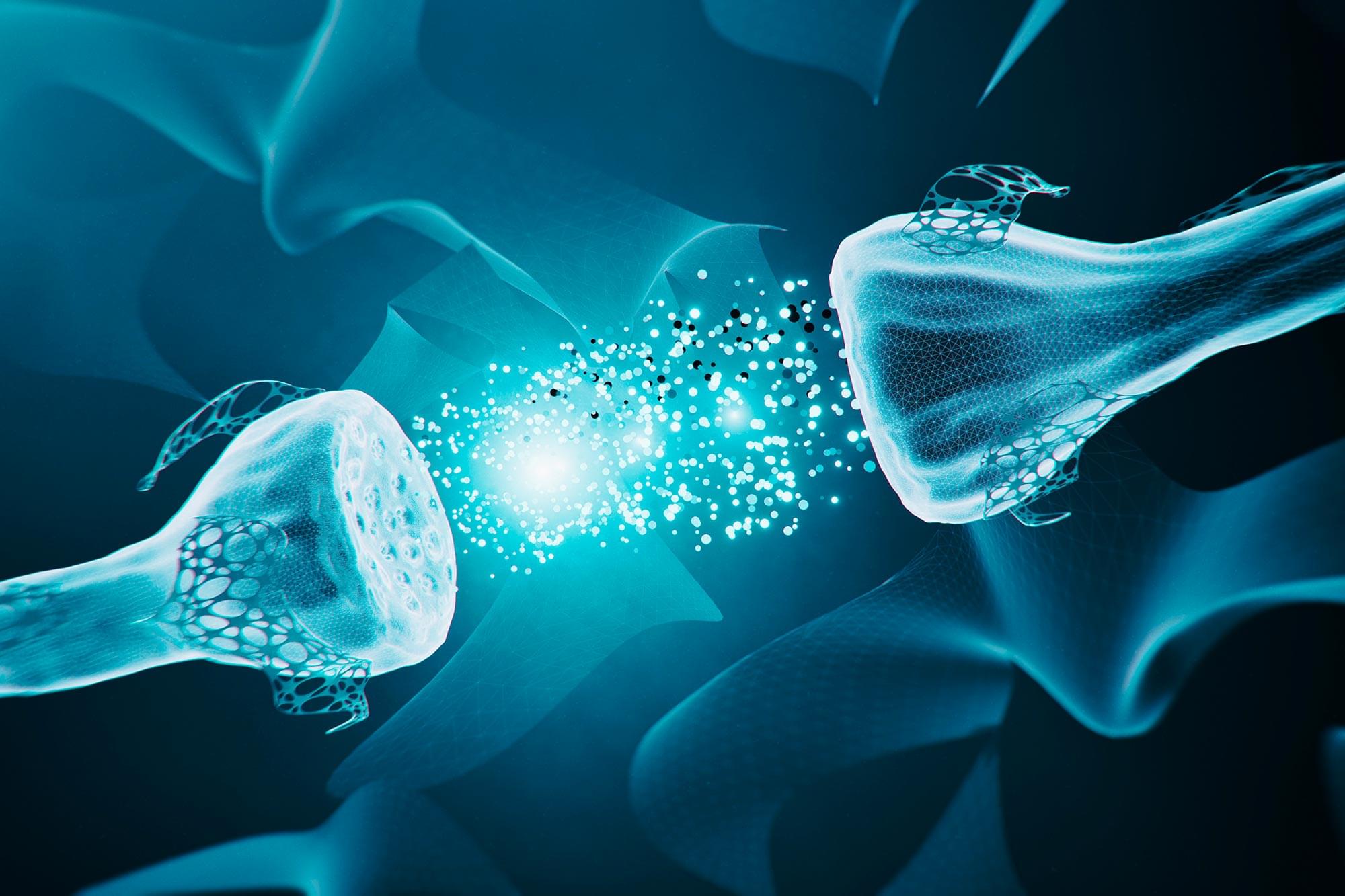
Advancements could enhance perceptual capabilities in robotics. Artificially engineered biological processes, such as perception systems, remain a challenging target for organic electronics experts due to the dependence of human senses on an adaptive network of sensory neurons that communicate by firing in response to environmental stimuli.
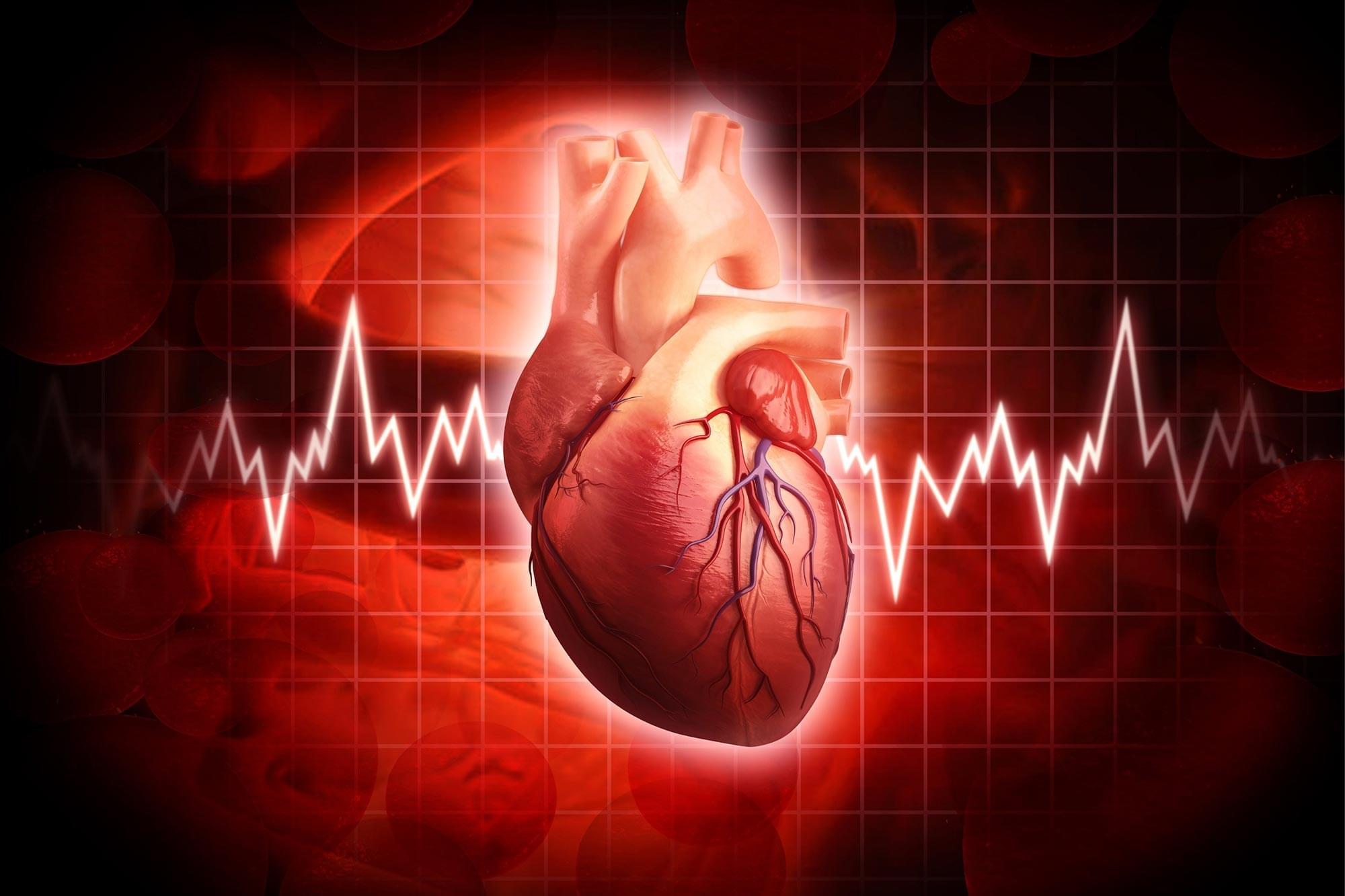
A major international study reveals that most people with cardiovascular disease.
Cardiovascular disease (CVD) encompasses a range of disorders affecting the heart and blood vessels, including coronary artery disease, heart attack, stroke, and hypertension. These conditions are primarily driven by atherosclerosis, a process where plaque builds up in the arterial walls, leading to narrowed or blocked arteries. Risk factors include smoking, unhealthy diet, lack of exercise, obesity, and genetic predisposition. CVD remains a leading cause of global mortality, emphasizing the importance of lifestyle changes, medical interventions, and preventive measures in managing and reducing the risk of heart-related illnesses.
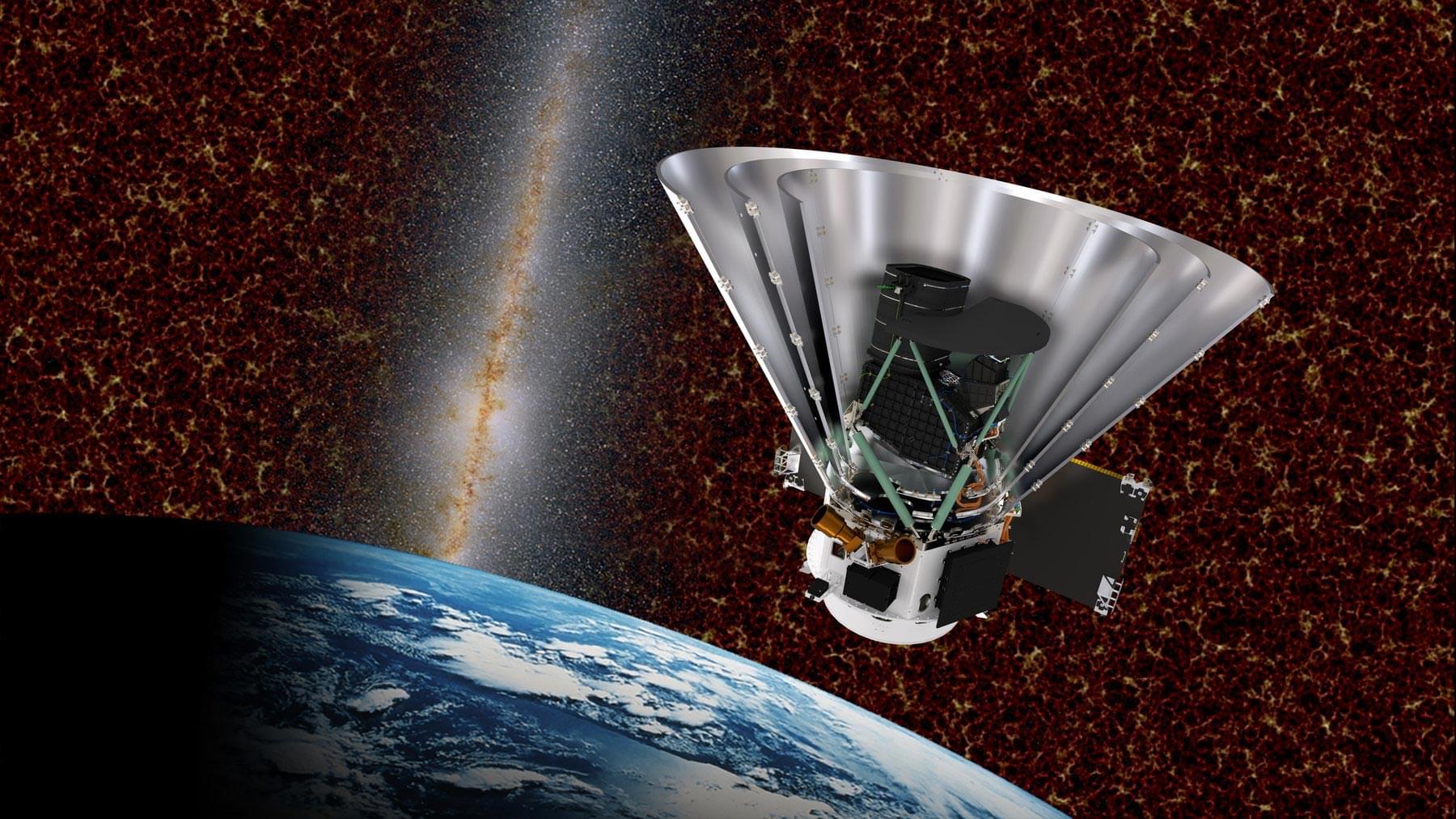
SPHEREx is a groundbreaking NASA
NASA, the National Aeronautics and Space Administration, is the United States government agency responsible for the nation’s civilian space program and for aeronautics and aerospace research. Established in 1958 by the National Aeronautics and Space Act, NASA has led the U.S. in space exploration efforts, including the Apollo moon-landing missions, the Skylab space station, and the Space Shuttle program.
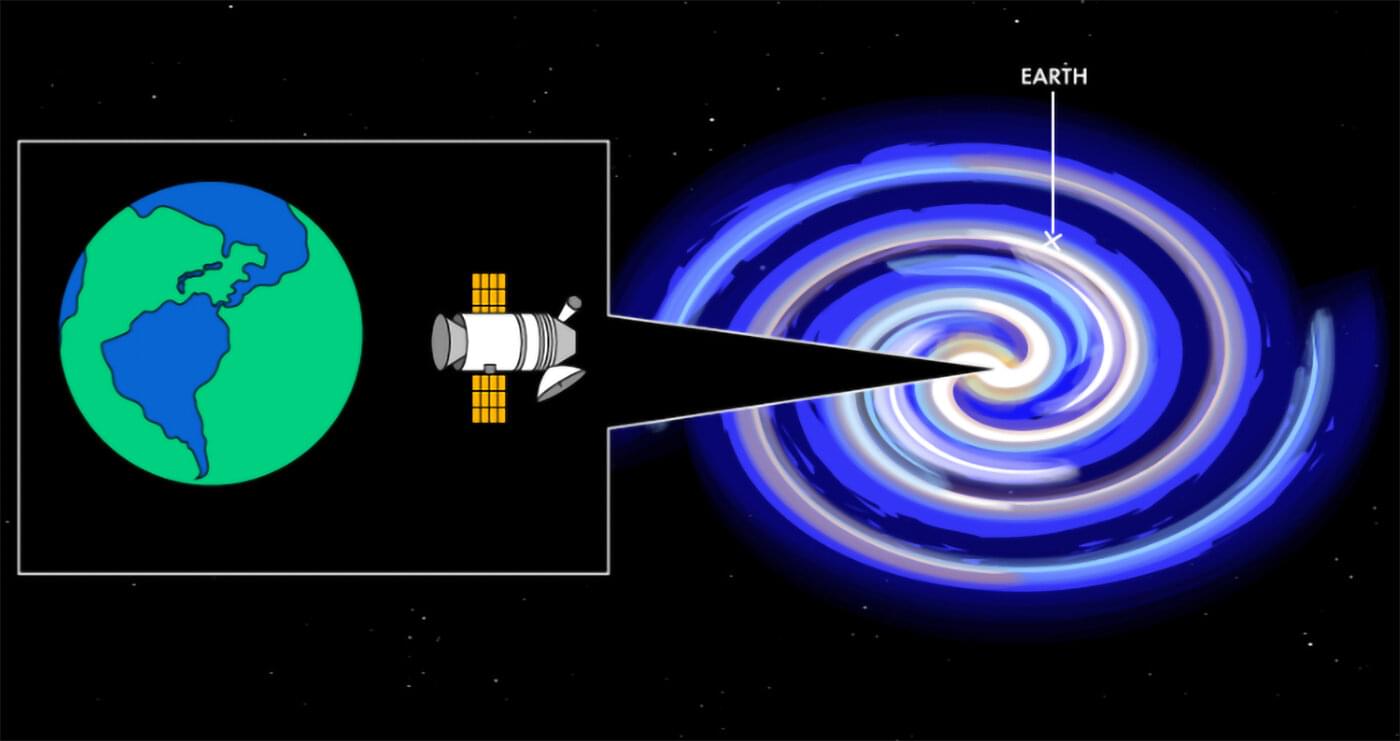
A research team led by Dr. Sofia Sheikh of the SETI Institute, in collaboration with the Characterizing Atmospheric Technosignatures project and the Penn State Extraterrestrial Intelligence Center, set out to answer a simple question: If an extraterrestrial civilization existed with technology similar to ours, would they be able to detect Earth and evidence of humanity? If so, what signals would they detect, and from how far away?
Researchers used a theoretical, modeling-based method, and this study is the first to analyze multiple types of technosignatures together rather than separately. The findings revealed that radio signals, such as planetary radar emissions from the former Arecibo Observatory, are Earth’s most detectable technosignatures, potentially visible from up to 12,000 light-years away.
The research is published in The Astronomical Journal.